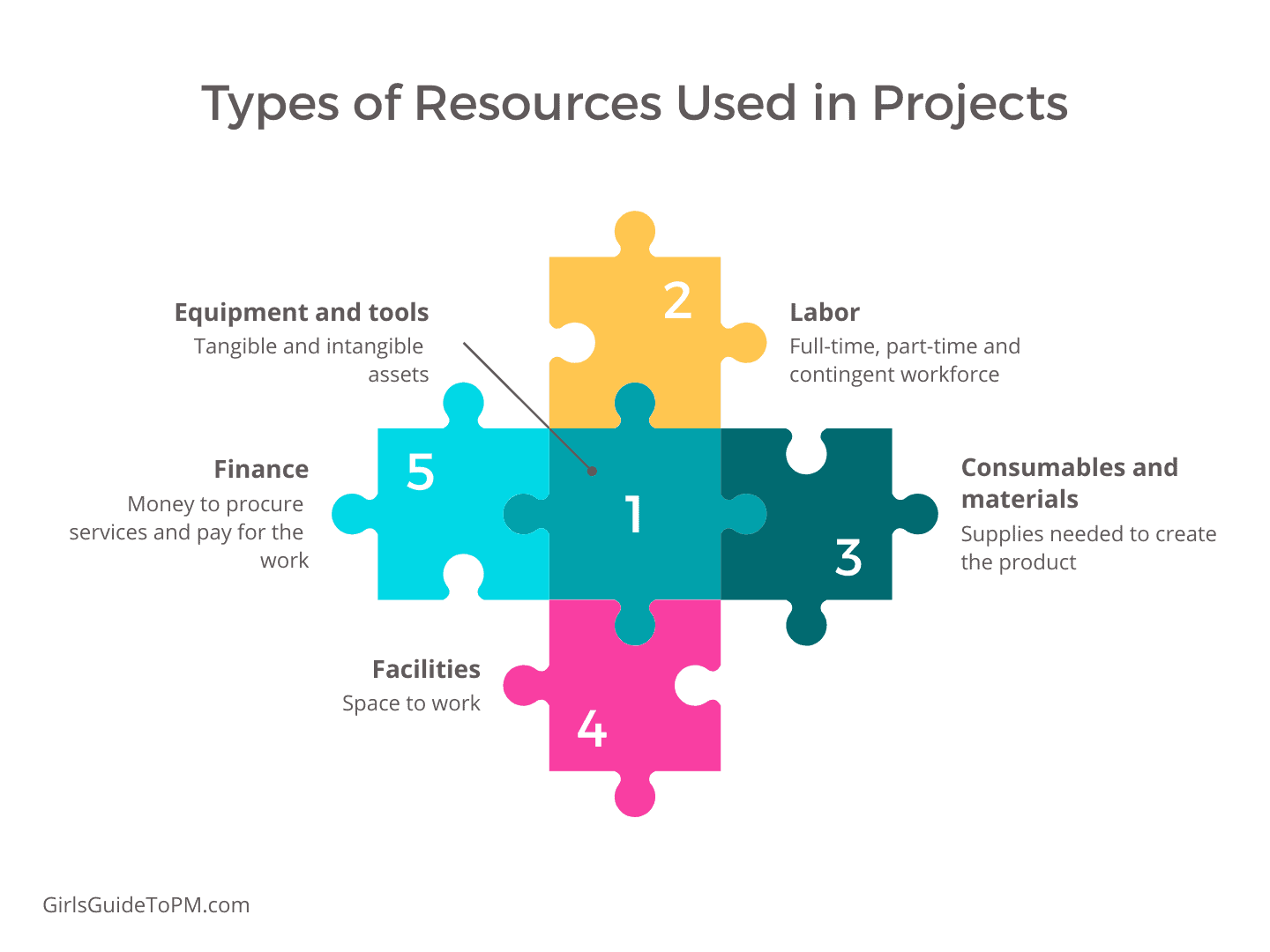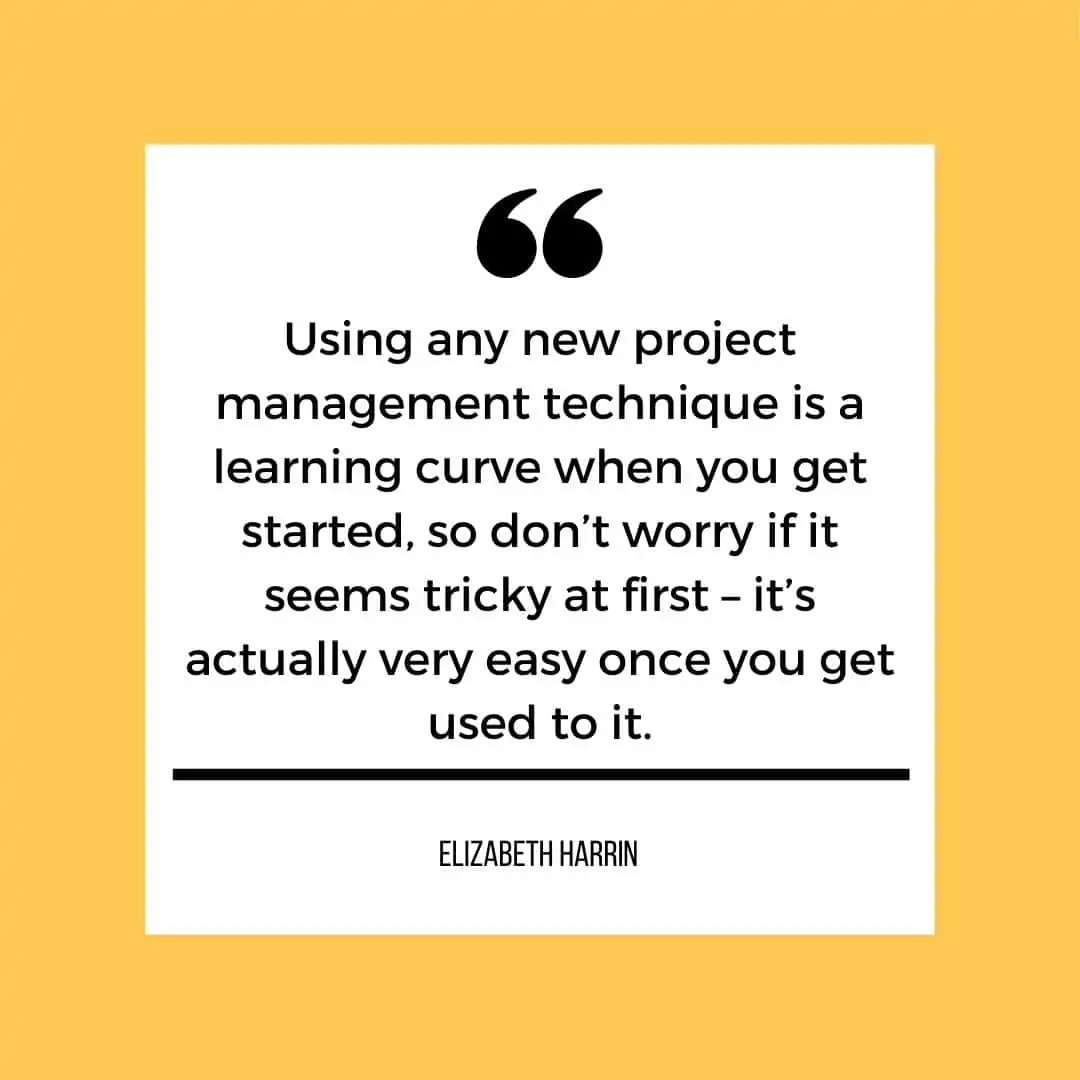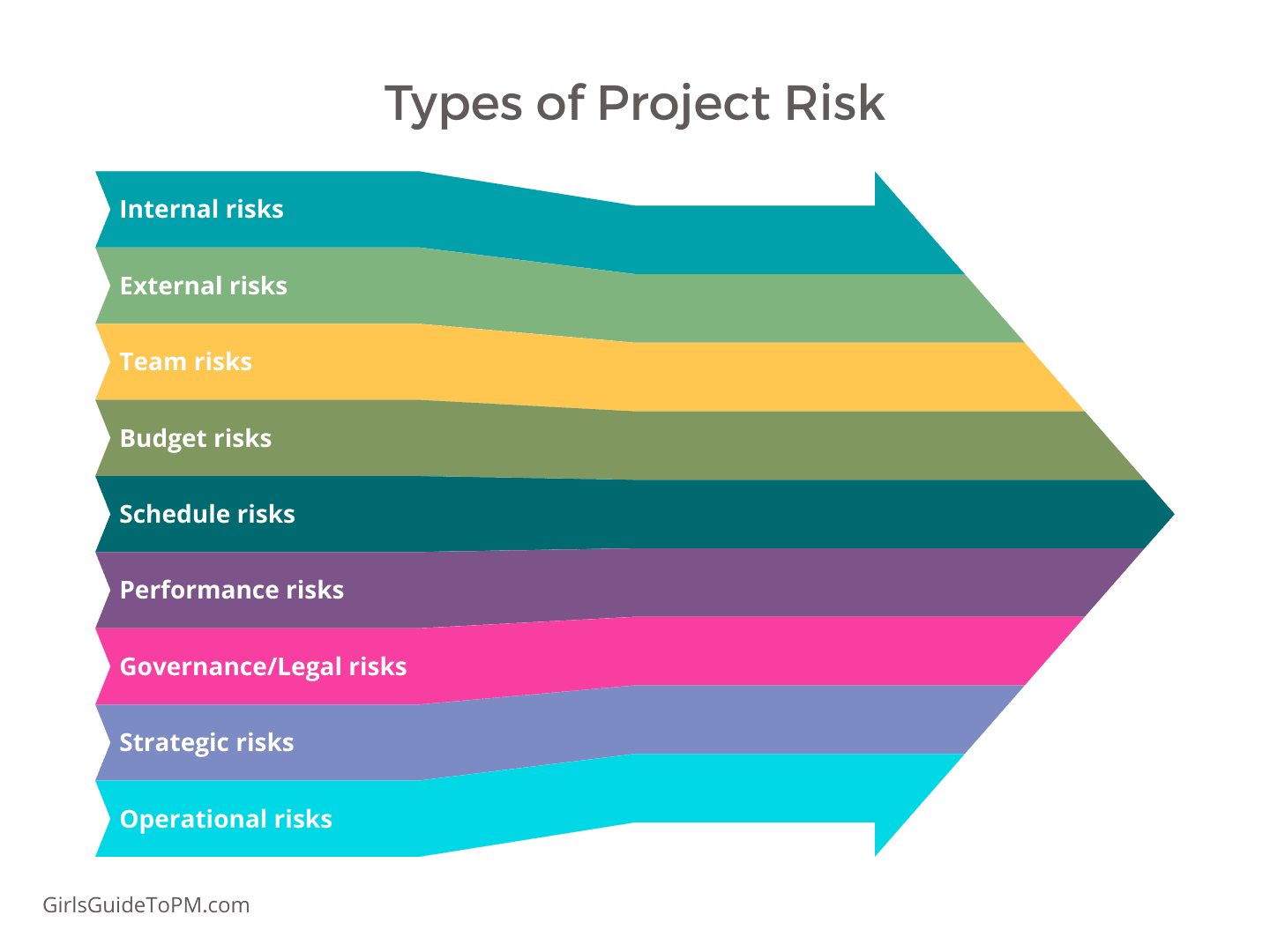10 Secrets To Being a Good Sponsor
This blog is reader-supported. When you purchase something through an affiliate link on this site, I may earn some coffee money. Thanks! Learn more.
What does it mean to be a great project sponsor? The project sponsor’s role is diverse. It’s far more than being a figurehead for the project. It’s a decision-making, direction-setting role.
If you are leading a project in a sponsorship capacity, or want to sense-check that your sponsor is stepping up to meet their responsibilities, then I have something for you that will help.
Below you’ll find 10 tips for being a good sponsor, drawn from Strategies for Project Sponsorship by James, Taylor and Rosenhead. The book includes a list of 50 secrets in Appendix D which is a summary of The Standish Group’s Chaos Manifesto 2012: The Year of the Executive Sponsor.
While that might seem like a long time ago, I feel they are still relevant today.
- Get the right project resources
- Make quick decisions
- Understand project management techniques
- Know when to pull the plug
- Celebrate accomplishments
- Manage financial changes
- Overcome ignorance
- Set goals
- Communicate the facts
- Understand risk and reward.
Those are the headlines. Below, I’ve added my interpretation of what these mean on projects today for senior managers.
1. Get the right project resources
Your role as a project sponsor is to make sure that the project can be done efficiently and effectively, and you need resources to do that. Resources can be money, equipment or people (or anything else required to get the job done).
Ask your project manager what resources are required, and be prepared to challenge (project managers have been known to inflate what’s needed in order to make sure they can secure enough resource for the project).
You should be responsible for securing the financial resources to deliver the project, so make sure the work that has been estimated can be done with the capex and/or opex funds that have been allocated to the work.
Then negotiate with other senior leaders to give the project what it realistically needs to deliver on its objectives.

2. Make quick decisions
Project teams are expensive, so having them hanging around while you make up your mind is not a good idea.
Get the information you need to make the decision, then make it, and tell people what you decided. They might not like your decision, but you’re the boss, so they’ll abide by it. Just be able to justify why you chose what you did.
Not sure how to make that final call? Read my guide on the process for decision-making.
Having said that, don’t rush into a decision without all the facts or you will head the project off on the wrong path. Aim for timely, informed decisions that can be justified to senior management and the entire team.
Not golf course chat decisions.
3. Understand project management techniques
Yes, this is the job of the project manager, but you don’t want them to be able to bamboozle you with
If you can spare an hour, go through the PMI Kickoff course. It’s easy to follow, and it will give you the basics of what project management is all about. And it’s free.
Reading the project initiation document or project charter will also give you a good sense of the process the work is going to go through.
Believe me, project stakeholders are doing the best they can and if they are following a structured set of guidelines then they are probably going to get you a great result.
But not if you hamper them by demanding they do things differently. By all means challenge the ‘how’ behind the way the work is being managed, but be prepared to listen the results. I mentor project managers who have told they have to be

4. Know when to pull the plug
It might be your pet project, but if it’s over budget, late and no longer on track to deliver the business benefits, then it is time to part company.
Throwing good money after wasted effort just to save face is stupid. So steel yourself for any potential conflict and get your project cancelled.
Talk to key stakeholders, review your recommendation with the executive team and then shut it down. Make sure there is a review so lessons can be taken forward to future projects.
Now you can get the project team working on something with a higher chance of a successful outcome — perhaps something that really will revolutionize the company.
5. Celebrate accomplishments
Everyone loves a party, and while you don’t have to be lavish an effective project sponsor will reward the project team for their efforts. They will work harder and appreciate you and the project’s objectives more.
Yes, it’s a bit like bribery. But think of it more like a boost for team morale.
There are plenty of ways you can celebrate success on a project team, and the act of thanking the team for their work doesn’t have to cost a lot. Or anything. Just saying thanks is valued because it means you have taken the time to notice what they do.
Remember, you don’t have to wait until project completion to mark a success. The closing phase of a project is a natural point to celebrate a successful delivery, but do try to find other points throughout the implementation to say thanks to the team.
6. Manage financial changes
Project budget changes can kill a project, so make sure that any financial changes are passed down the line to your project manager as soon as you can.
Help the project manager understand what the financial pressures are and work with them to come up with creative solutions to address any fundamental problems.
This may involve cutting scope. That means taking stuff off your wish list! You can’t have everything and pay less for it. Fact. Don’t believe me? Learn more about scope creep.
7. Overcome ignorance
There are bound to be things that you don’t know about the way the project is being delivered and how the goals will be achieved. Project management software is mysterious. Project management techniques are baffling. Subject matter experts exist on a different planet.
But learn.
Learn as much as you need to so that the team can’t pull the wool over your eyes. Then stop. You don’t need to code and you don’t need to understand why widgets are constructed in that way. Let your experts understand the detail.
Engaged project sponsors show up to the kick-off meeting. That will give you all the background on how the project will be managed, the requirements that have been identified to date and key milestones. It will give you a sense of how mature the team’s thinking is for the solution and what they might get stuck on going forward.
Project performance is an area to get comfortable with. Make sure you know how to read project reports and interpret what they are telling you.
An excellent free beginners project management course that comes in Agile and Predictive versions. Perfect for accidental project managers and people needing a structured approach to project work for the first time.
8. Set goals
Projects need goals. As the project owner, you create them. Set a vision. Set objectives. Help your team understand why they are going where they are going.
And give them a map to get there.
Project success is very much tied up in knowing what good looks like — that’s your business goal. The project timeline should provide enough time for the goal to be achievable.
Goals give people purpose, so you’ll get better results from your team if you communicate the project goals effectively.
9. Communicate the facts
While you can communicate goals in the language of vision and values, you should keep most of your communication to facts, especially when it comes to project progress.
One of the biggest factors for successful projects is good, regular communication. We see it time and time again: effective communications leads to better business outcomes.
Using your communication skills is also a great example to set for your project manager. Deal in concrete details, not ‘maybes’ and feelings. Get your project manager recording metrics and tracking what’s important. Ask them to start a decision log to record what’s been agreed.
10. Understand risk and reward
Finally, something else that makes a good project sponsor is a healthy, transparent attitude to risk.
Risks are things that could happen. Sometimes they are bad, sometimes the things that could happen are good. Sometimes taking a risk means a bigger reward.
Your role in project risk management is to think about your own risk tolerance and that of the company. Be clear about the sorts of risk you are prepared for your project team to take, and the sorts of risks you want them to ask you about.

Risk is good, but it has the downside of being, well, risky. If you are risk averse your projects will cost more and take longer, but you’ll have more confidence in the outcome. Sometimes taking risks is fun, and it certainly makes projects more interesting, so don’t try to rule it out completely – that won’t work, anyway.
Putting these 10 tips into practice will help you be a fantastic project sponsor — or to guide someone into that role.
Read next: The Definitive Guide to Project Sponsorship
These 10 secrets have been taken from Strategies for Project Sponsorship by James, Taylor and Rosenhead. They appear as a list of 50 secrets in Appendix D as a summary of The Standish Group’s Chaos Manifesto 2012: The Year of the Executive Sponsor. The accompanying paragraphs are my own interpretation of the headings.
A version of this article first appeared in 2013.

